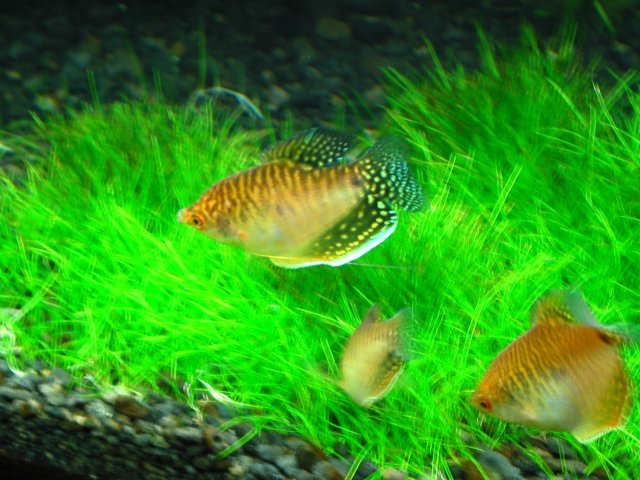Did a quick little study online. Here's what I found.
What does all this mean?
In anaerobic conditions B. subtilis converts nitrate to nitrite and then to ammonia... not good for a fish tank. Keep up the water changes.
In normal conditions it produces antifungal and antibacterial chemicals. Good for the aquarium as it can help keeps bacterial or fungal blooms from occurring.
The endospores cannot be killed easily (read millions of years). I would just hang the thing on top of an airstone and call it good.
Bacillus subtilis bacteria have been considered strictly aerobic, meaning that they require oxygen to grow and they cannot undergo fermentation, however, recent studies show that they can indeed grow in anaerobic conditions. The bacteria can make ATP in anaerobic conditions via fermentation as well as nitrate ammonification. Bacillus subtilis can use nitrite or nitrate as a terminal acceptor of electrons. Bacillus subtilis contains two unique nitrate reductases. One is used for nitrate nitrogen assimilation and the other is used for nitrate respiration. However, there is only one nitrite reductase that serves both purposes. Nitrate reductase reduces nitrate to nitrite in nitrate respiration, which is then reduced to ammonia by nitrite reductase. Bacillus subtilis is different from other anaerobes in that it undergoes fermentation without external acceptors of electrons (Nakano 1998). During fermentation, the regeneration of NAD+ is chiefly mediated by lactate dehydrogenase, which is found in the cytoplasm. Lactate dehydrogenase converts pyruvate to lactate (Marino 2001).
Bacillus subtilis strains can act as biofungicides for agricultural crops and antibacterial agents. Bacillus subtilis also reduces mild steel corrosion (Morikawa 2006).
http://microbewiki.kenyon.edu/index.php/Bacillus_subtilisThere are many research studies that are currently being done on Bacillus subtilis. One recent research project focuses on the resistance of Bacillus subtilis spores to heat, radiation, and chemicals. It has been known that spores can survive hundreds, even millions, of years in a dormant state. The study investigated the important factors that contribute to spore resistance. The researcher found that the bacteria's coats were a major factor because the coat provides a barrier for the organism against toxic agents, ultraviolet radiation, and lytic enzymes. The inner membrane was also found to be important, due to its low permeability against toxic agents. DNA repair was also determined to be crucial, since it can control DNA damage due to radiation, heat, and toxins. Bacillus subtilis spores are also resistant to wet heat, primarily by the core's low water content. The lower the water content of the core is, the more resistant the spore is to wet heat. This research study is important in that it can lead to future studies on how the Bacillus subtilis spores in food and medical products can be killed effectively. Learning about the spores resistance gives us a better understanding of which methods may or may not be useful in killing the spores (Setlow 2006).
What does all this mean?
In anaerobic conditions B. subtilis converts nitrate to nitrite and then to ammonia... not good for a fish tank. Keep up the water changes.
In normal conditions it produces antifungal and antibacterial chemicals. Good for the aquarium as it can help keeps bacterial or fungal blooms from occurring.
The endospores cannot be killed easily (read millions of years). I would just hang the thing on top of an airstone and call it good.



